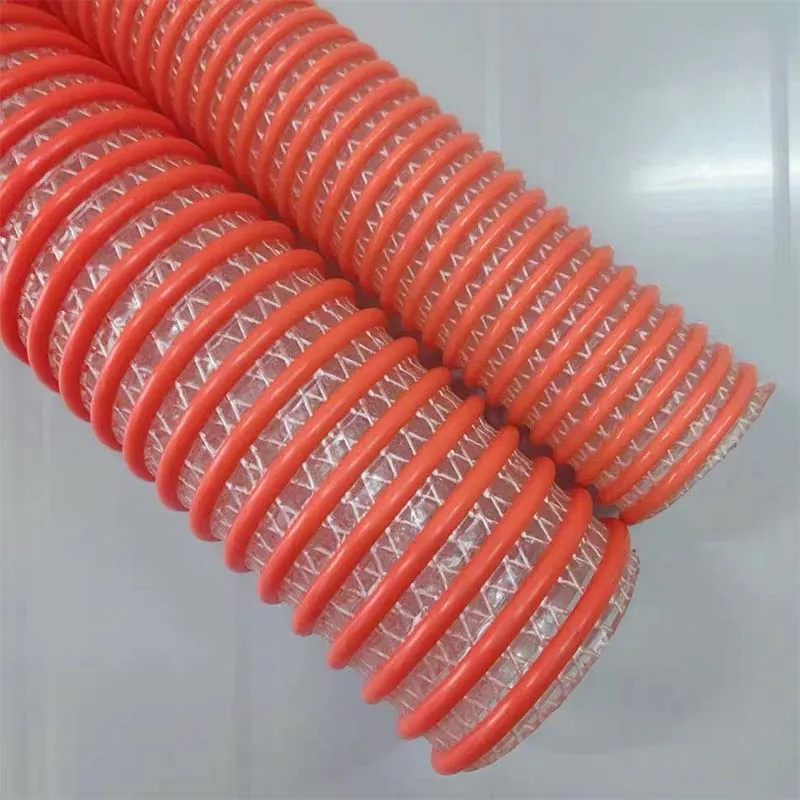types of hose in fire service
Types of Hose in Fire Service
In the realm of fire service, hoses are an indispensable tool for effectively combating fires and ensuring public safety. Fire hoses come in various types, each designed for specific purposes, which enhance a firefighter's ability to tackle different fire scenarios efficiently. Understanding the types of hoses can significantly improve operational strategies during emergencies.
1. Attack Hoses
Attack hoses are the primary lines used by firefighters to suppress fires directly. These hoses are typically made from durable synthetic materials, ensuring they can withstand high pressure and harsh environmental conditions. They vary in diameter, with common sizes being 1.5 inches, 1.75 inches, and 2.5 inches. The smaller diameters are more manageable and often used for residential fires or smaller incidents, while larger diameters are employed for significant fires requiring greater water flow.
2. Supply Hoses
Unlike attack hoses, supply hoses are designed to transport water from a hydrant or water source to the fire engine or pump. These hoses are typically larger in diameter, often ranging from 3 to 5 inches, allowing for a high volume of water to be transported quickly. Supply hoses are constructed to handle high pressure, ensuring they remain intact under demanding conditions. They are essential in ensuring that attack hoses are supplied with sufficient water during firefighting operations.
3. Booster Hoses
types of hose in fire service

Booster hoses serve a unique function in the fire service. These lightweight hoses, usually 1 inch in diameter, are ideal for quickly combating small fires or for use in areas where larger hoses may be impractical. They are often stored on fire engines and are used for firefighting in areas with limited access, such as residential backyards or small commercial properties. Their flexibility and ease of use make them a valuable tool for first responders.
4. Wildland Fire Hoses
When fighting wildfires, specialized hoses are required to withstand the challenges of rugged terrain and extreme heat. Wildland fire hoses are typically lighter and more flexible, allowing firefighters to maneuver through difficult landscapes. These hoses are designed to carry a large volume of water while remaining manageable for rapid deployment. They are often used with backpack pumps or portable water systems for accessibility in areas far from conventional water sources.
5. Suction Hoses
Suction hoses are crucial for drawing water from sources such as ponds, lakes, or tanks. These hoses are designed to handle negative pressure and are typically constructed with reinforced materials to prevent collapse during operation. Suction hoses are often used in conjunction with fire pumps to ensure that firefighters can obtain water from various sources, essential in rural or remote firefighting situations.
In conclusion, the diverse types of hoses used in fire service play a critical role in firefighting operations. By understanding the functions and characteristics of attack, supply, booster, wildland, and suction hoses, firefighters can effectively prepare for various fire scenarios. This knowledge not only enhances their efficiency on the job but also ultimately contributes to saving lives and protecting property during emergencies. Firefighting is a challenging profession, and the right equipment is essential for success.
-
Top Quality Oxy Acetylene Hoses for Sale Fit for Welding DemandsNewsJul.28,2025
-
The Future of Pneumatic Air Tubes in IndustryNewsJul.28,2025
-
Superior and Reliable LPG Hose Pipe Solutions for Every NeedNewsJul.28,2025
-
Exceptionally Durable and Versatile Premium Braided PVC TubingNewsJul.28,2025
-
Best Adapters for Connecting Garden Hose to PVC Pipe ConnectionsNewsJul.28,2025
-
The Essential Role of LPG Hoses in Safe and Efficient Gas DistributionNewsJul.16,2025














